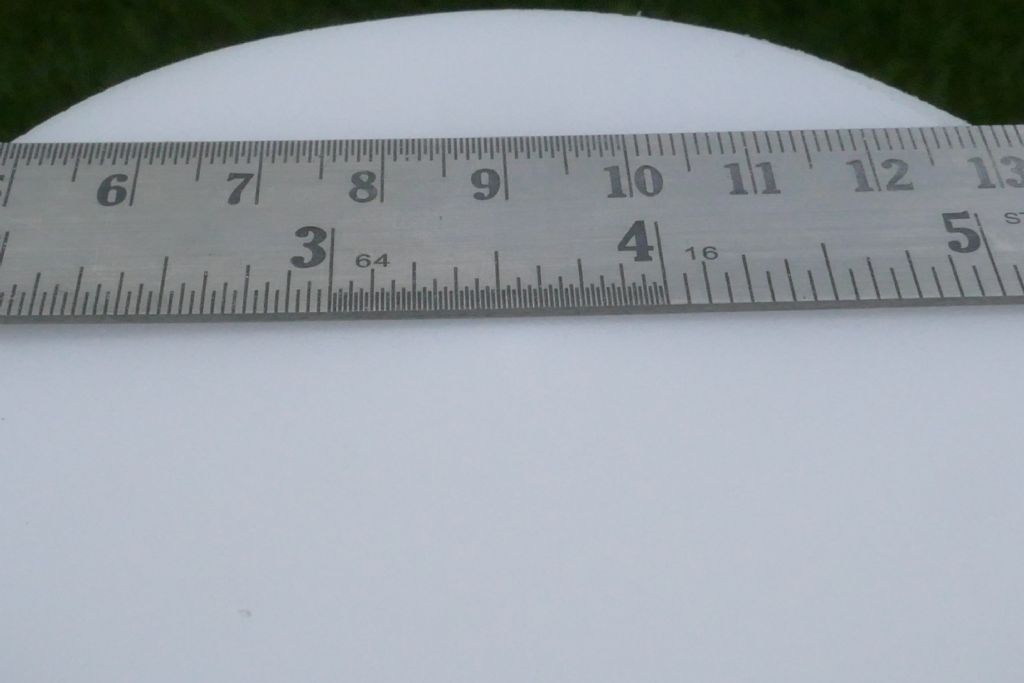machining acetal
machining acetal
- This topic has 14 replies, 12 voices, and was last updated 20 June 2020 at 19:09 by
 Michael Gilligan.
Michael Gilligan.
Viewing 15 posts - 1 through 15 (of 15 total)
Viewing 15 posts - 1 through 15 (of 15 total)
- Please log in to reply to this topic. Registering is free and easy using the links on the menu at the top of this page.
Latest Replies
Viewing 25 topics - 1 through 25 (of 25 total)
-
- Topic
- Voices
- Last Post
Viewing 25 topics - 1 through 25 (of 25 total)
Latest Issue
Newsletter Sign-up
Latest Replies
- Myford Super-7 chuck – unacceptable run-out??
- Stuart Twin Victoria (Princess Royal) Mill Engine
- Countersinking carbon fibre sheet with my Sieg CNC Mill
- FreeCAD v1.0 tutorials
- Adaptation of the Proxxon Milling machine
- Building Bernard Tekippe’s Precision Regulator
- connectors for NEMA17 motors
- bolts harness and head shearing?
- What size gear cutter for gear
- Clarkson T&C Grinder





